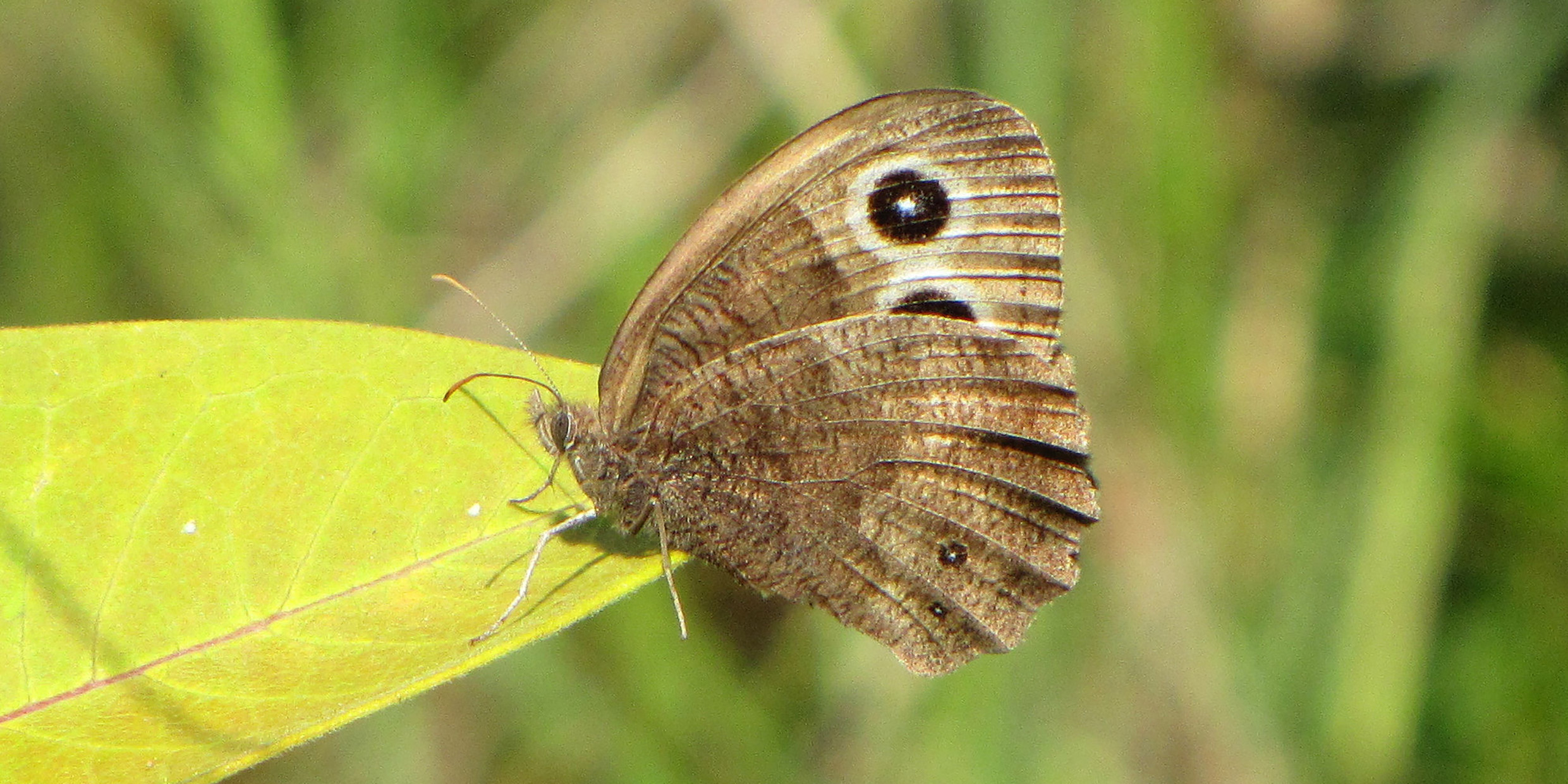Originally published 10 October 1994
Tradition has it that Adam was allowed by the Creator to name all the creatures of the Earth.
It must have been some task. According to biologists, there are between 10 and 100 million species of living organisms. That means if Adam thought up a name a minute for 16 hours a day (Sundays included), it would take him somewhere between 30 and 300 years to complete the job.
Still, it must have been fun coming up with names like “duck-billed platypus,” “tufted titmouse” and “precious wentletrap” (a gastropod, or mollusk, of Southeast Asia). It was a mythic episode of creativity that makes the accomplishments of Newton and Mozart pale.
I was set to thinking about Adam’s task when I came across of book called The Common Names of North American Butterflies, compiled by zoologist Jacqueline Miller of the University of Florida. Her purpose was to bring some order to the jumble of names used by amateur and professional butterfly enthusiasts.
The book is sheer poetry.
Creamy Checkerspot. Buckwheat Blue. Hop-eating Hairstreak. A list of luscious language that would delight the soul of James Joyce or Vladimir Nabokov, those arch-magicians of the English tongue.
Bloody Spot. Rainbow Skipper. Mad Flasher. Nabokov was himself a lepidopterist of note, and his name is recorded here too, as Nabokov’s Blue and Nabokov’s Fritillary. Joyce may never have netted a butterfly, but he would have appreciated the Redundant Swarthy Skipper and Mrs. Owen’s Dusky Wing for their names alone.
The Parsnip Swallowtail is also called Parsleyworm, Celeryworm, and Carawayworm, which suggests a certain catholicity of taste. The Flying Pansy is alternately the California Dog Face, which suggests that one lepidopterist’s beautiful is another’s ugly. One wonders if the Lost-egg Skipper misses its progeny.
Certain professional (and even amateur) lepidopterists blanch at the very mention of common names and their attendant confusion. They plump for the use of scientific nomenclature exclusively — for clarity.
Adam, of course, was no scientist, so he went about his work with reckless disregard for nature’s underlying order. One would never know from their common names that the Goggle Eye and the Red-eyed Nymph butterflies are first cousins.
Our system of scientific naming has a long history, going back to Aristotle, but owing most to the 18th-century Swedish botanist Karl von Linne, better known by his Latinized name, Linneaus. He proposed a two-name system, consisting of a genus designation for all species in a closely related group, followed by a species-specific modifier. Goggle Eye becomes Cercyonis pegala and Red-eyed Nymph becomes Cercyonis meadii, with their kinship made manifest.
Many years ago I visited Linneaus’ country house near Uppsala in Sweden. It was a charming place, filled and surrounded by nature’s beauty. Butterflies flitted in the dooryard. The walls were papered with marvelous drawings of plants. In this Eden, Linneaus tossed out Adam’s common names and proposed his system of Latin binomials.
He knew that nothing is well described unless well named, and that nothing is well named until well described. Naming and exact description go hand and hand, and, if carefully done, reveal the patterns of order implicit in nature itself.
This intimate connection between naming and understanding was an idea that was in the air in the 18th century. Not long after Linneaus proposed his nomenclature system for biology, Antoine Lavoisier set out to do much the same thing for chemistry. In the preface to his great work, Elements of Chemistry, Lavoisier quotes the philosopher Condillac: “We think only through the medium of words… The art of reasoning is nothing more than a language well arranged.”
Lavoisier then goes on to tell us: “Thus, while I thought myself employed only in forming a nomenclature, and while I proposed to myself nothing more than to improve the chemical language, my work transformed itself by degrees, without my being able to prevent it, into a treatise upon the Elements of Chemistry.”
Thus, too, did Linneaus’ revision of biological nomenclature lead inexorably to the work of Charles Darwin and his revelation of nature’s patterns of evolution.
The art of reasoning may be nothing more than well arranged language, but the lively chaos of common names has its own irreplaceable attraction. The Swallowtail butterfly may be Papilio zelicaon to the professional lepidopterist, but it will always be a Swallowtail to me. And a Sweetbriar rose called Rosa eglanteria truly doesn’t smell as sweet.
The two systems of biological naming — common and scientific — are complementary and satisfy different parts of the human agenda, perhaps even different halves of the human brain. The mind is repelled by too much randomness, and stifled by too much order. Creativity thrives on a balance of the fluid and the firm.
Seeing the two lists of names side by side on the pages of Jacqueline Miller’s book gives a powerful sense of the creative energy that flows back and forth between them. Call them poetry and science, call them serendipity and logic. We are only partly ourselves without both.



